Thailand’s well-established tourism industry has transformed once-sleepy fishing villages into international hotspots, with Phuket standing as the poster child for this massive development. While millions flock to its beaches annually, travelers seeking more authentic experiences increasingly look beyond these commercialized areas.
The good news is that Thailand offers countless alternatives where cultural integrity, natural beauty, and genuine local interactions remain accessible without battling massive tour groups or inflated prices. Here is a list of 20 compelling destinations across Thailand that deliver authentic experiences far from the crowds and commercialization of Phuket.
Koh Lanta

This laid-back island in the Andaman Sea maintains a relaxed atmosphere despite growing popularity among travelers seeking authenticity without sacrificing comfort. The long, uncrowded beaches on the western coast offer spectacular sunsets without the beach club culture found elsewhere.
At the same time, the eastern shore preserves traditional Muslim fishing villages where daily life continues essentially unchanged. The island’s central location makes it an ideal base for exploring surrounding marine parks and smaller islands that remain wonderfully undeveloped.
Lampang
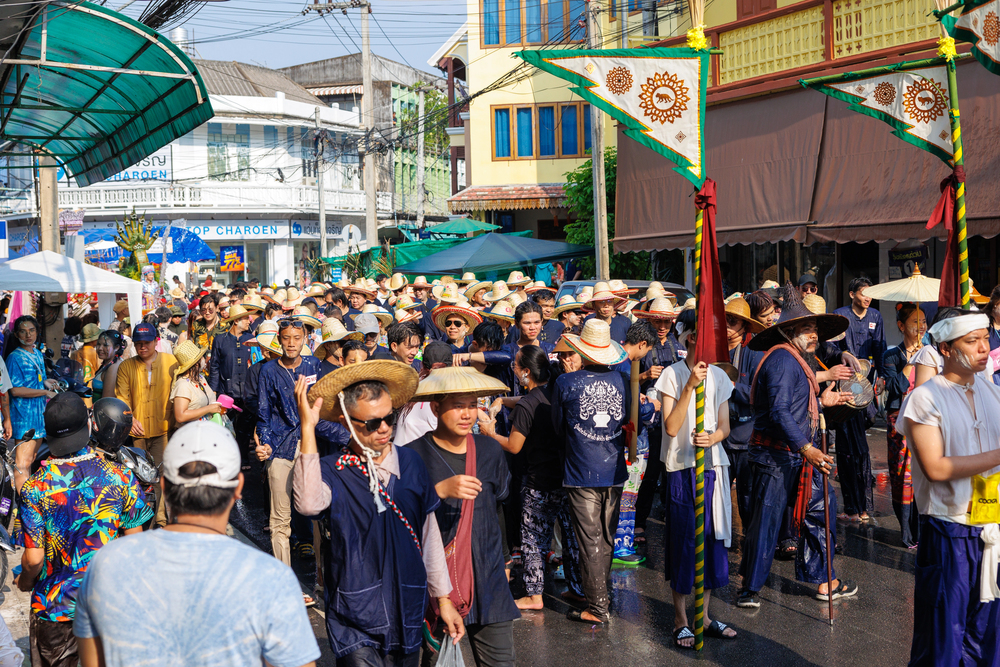
Northern Thailand’s often-overlooked provincial capital preserves atmospheric wooden architecture and a traditional lifestyle that is increasingly rare in more visited regions. Horse-drawn carriages still serve as functional transportation rather than tourist gimmicks, meandering through streets lined with teak buildings blending Thai, Burmese, and Lanna architectural styles.
The nearby Thai Elephant Conservation Center operates ethical elephant experiences focused on rehabilitation and education rather than entertainment, providing meaningful alternatives to more exploitative operations elsewhere.
Like Travel Pug’s content? Follow us on MSN.
Koh Kood
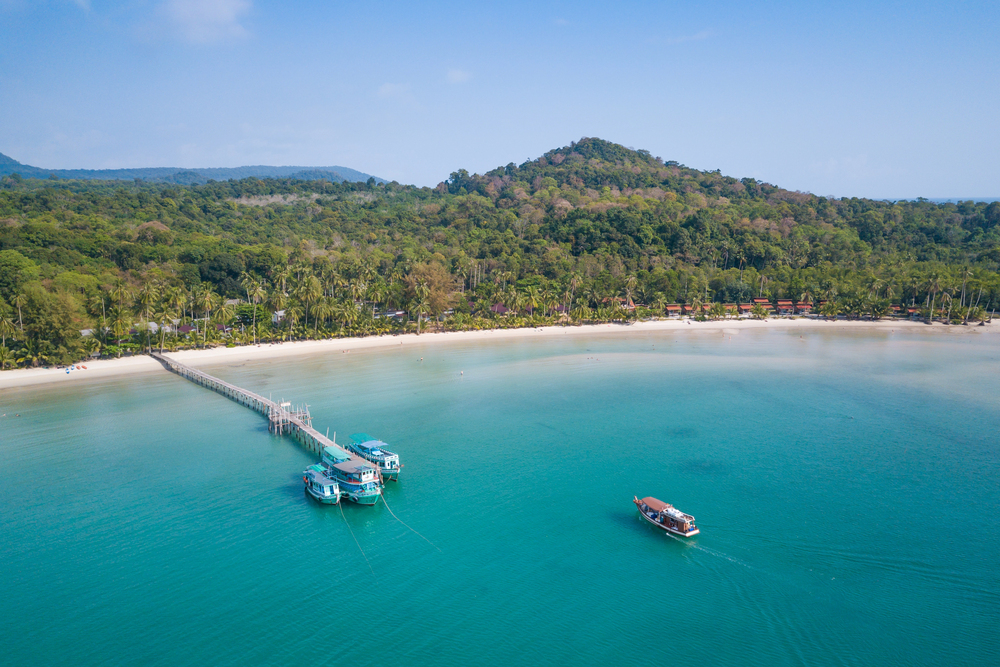
Despite boasting some of Thailand’s most pristine beaches and clearest waters, this island near the Cambodian border remains refreshingly underdeveloped. The absence of nightlife and shopping complexes attracts travelers to prioritize natural beauty and tranquility over convenience and entertainment.
Traditional fishing villages dot the coastline between secluded beaches, while the mountainous interior contains pristine rainforest with waterfalls accessible via hiking trails that rarely see foreign footprints.
Nan Province
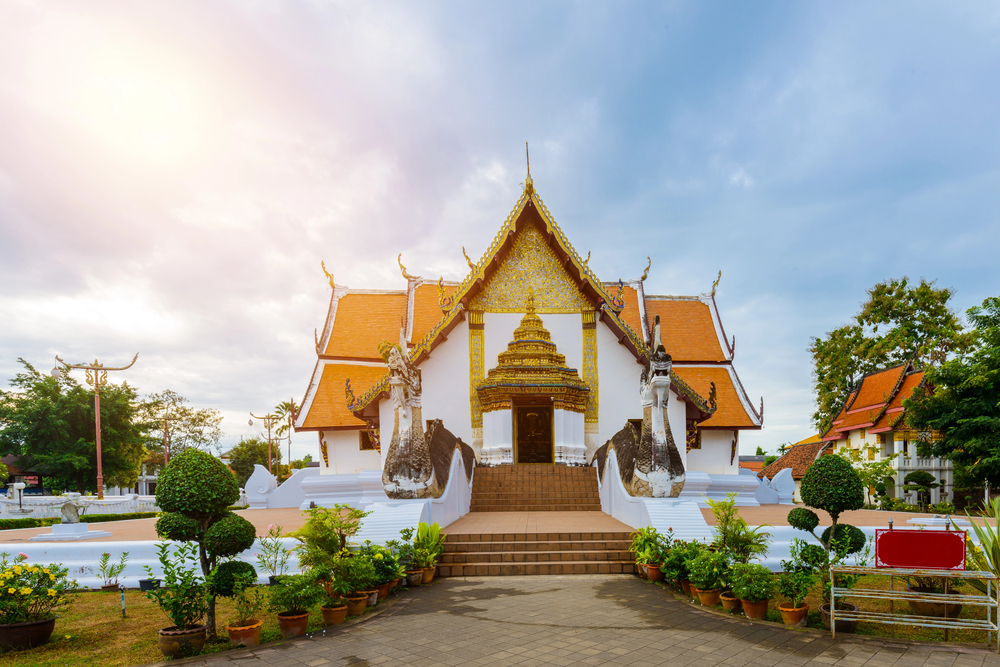
Tucked against the Laotian border, Nan preserves cultural traditions and historical sites without the tourism infrastructure transforming similar locations elsewhere in Northern Thailand. The provincial capital’s old town contains temples with distinct Lanna and Tai Lue architectural features rarely seen outside the region.
At the same time, surrounding villages maintain traditional weaving and craft practices that are threatened by modernization. The province’s remote national parks offer trekking opportunities through pristine forests where wildlife encounters remain genuinely wild rather than staged for tourism.
Phrae
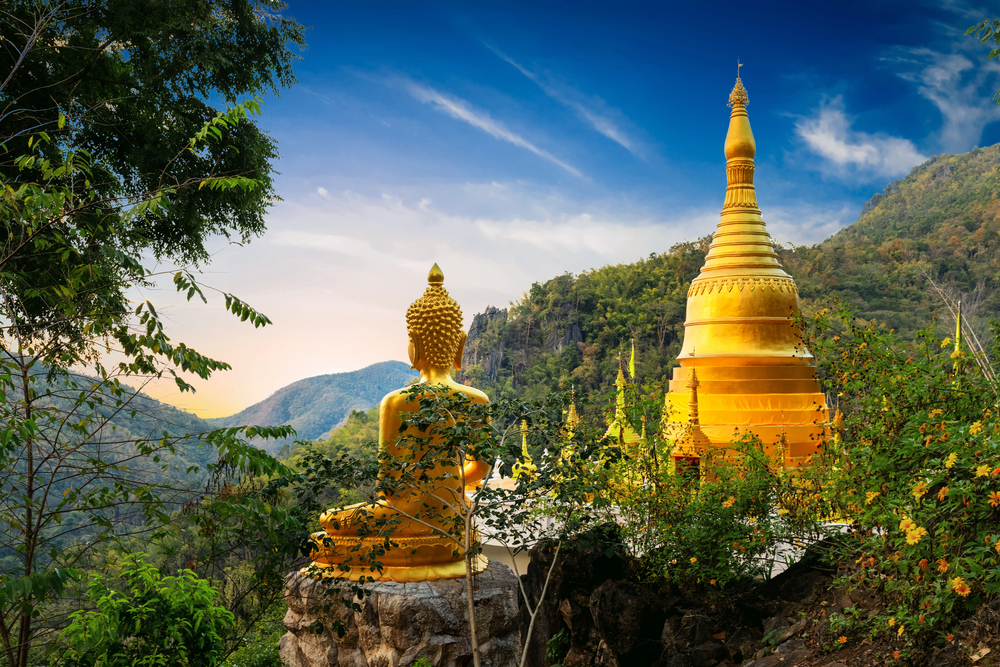
This former teak logging center retains beautiful teak mansions built by wealthy merchants during the industry’s 19th-century heyday, providing a tangible connection to Thailand’s economic history. The surrounding hills contain communities producing some of Thailand’s finest indigo-dyed textiles using techniques passed through generations, offering sustainable shopping alternatives to mass-produced souvenirs.
The laidback provincial capital sees minimal foreign tourism despite its accessibility, creating opportunities for authentic cultural exchange with locals unaccustomed to visitor attention.
Like Travel Pug’s content? Follow us on MSN.
Trang
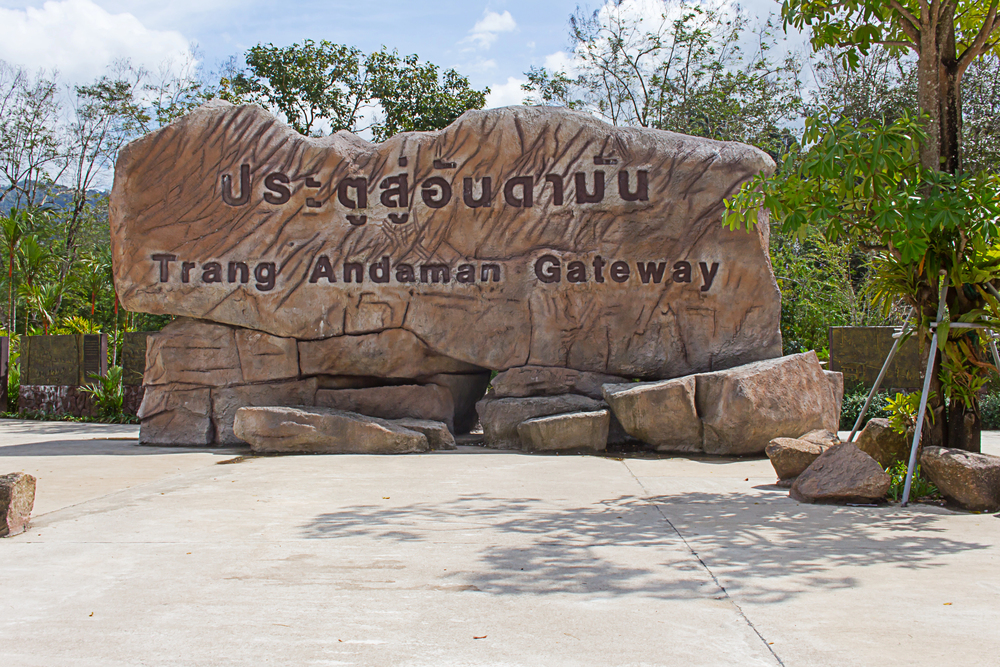
This southern province combines cultural diversity with natural attractions while maintaining its primary identity as a working region rather than a tourism destination. The coastline features stunning karst formations and islands without the development seen in similar landscapes elsewhere, while the interior preserves traditional rubber plantations that shaped the region’s economy.
The provincial capital’s morning market showcases the area’s unique fusion cuisine influenced by Thai, Chinese, and Malay traditions. This is particularly evident in the distinctive breakfast culture featuring local coffee and dim sum.
Mae Hong Son
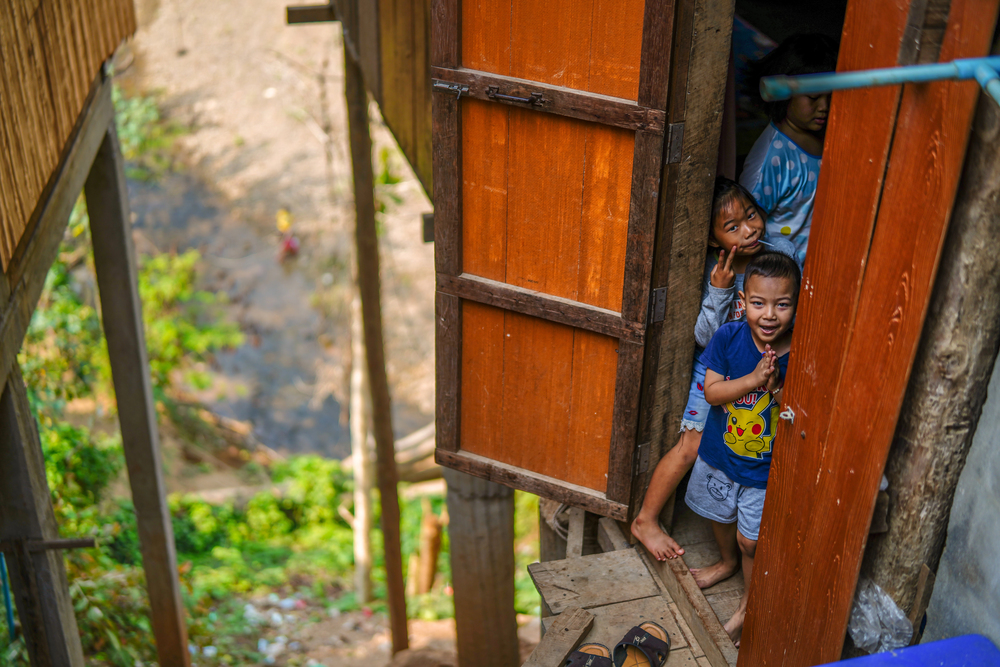
The remote mountainous province bordering Myanmar preserves natural landscapes and cultural heritage among the diverse ethnic communities that call this region home. The provincial capital’s lakeside temples reflect strong Burmese architectural influences rarely seen elsewhere in Thailand, while surrounding mountains contain villages where traditional practices continue alongside thoughtful community-based tourism initiatives.
The famous Mae Hong Son Loop road trip delivers spectacular mountain scenery and cultural encounters without the commercialization found along more established tourist routes.
Buriram
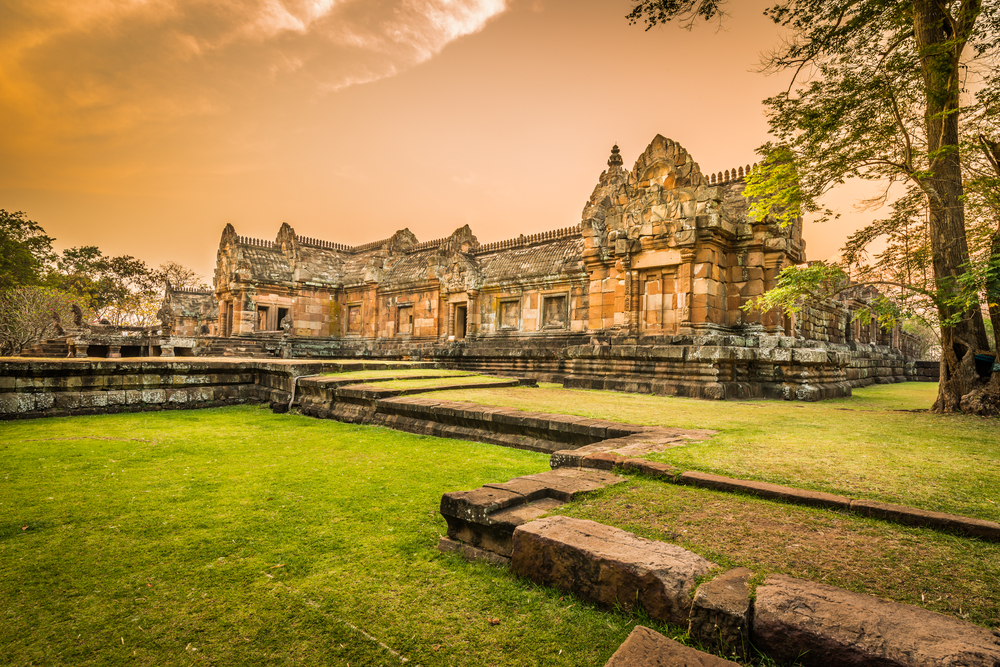
This northeastern province has transformed from Thailand’s agricultural heartland into a center for cultural preservation and sports tourism while maintaining authentic Isaan traditions. The magnificent Phanom Rung Khmer temple complex rivals Cambodia’s more famous sites without the crowds, sitting atop an extinct volcano with spectacular sunrise alignments during equinox periods.
The provincial capital balances traditional markets and cuisine with contemporary attractions like the architecturally stunning football stadium, demonstrating how modernization can complement rather than erase cultural identity.
Like Travel Pug’s content? Follow us on MSN.
Koh Libong
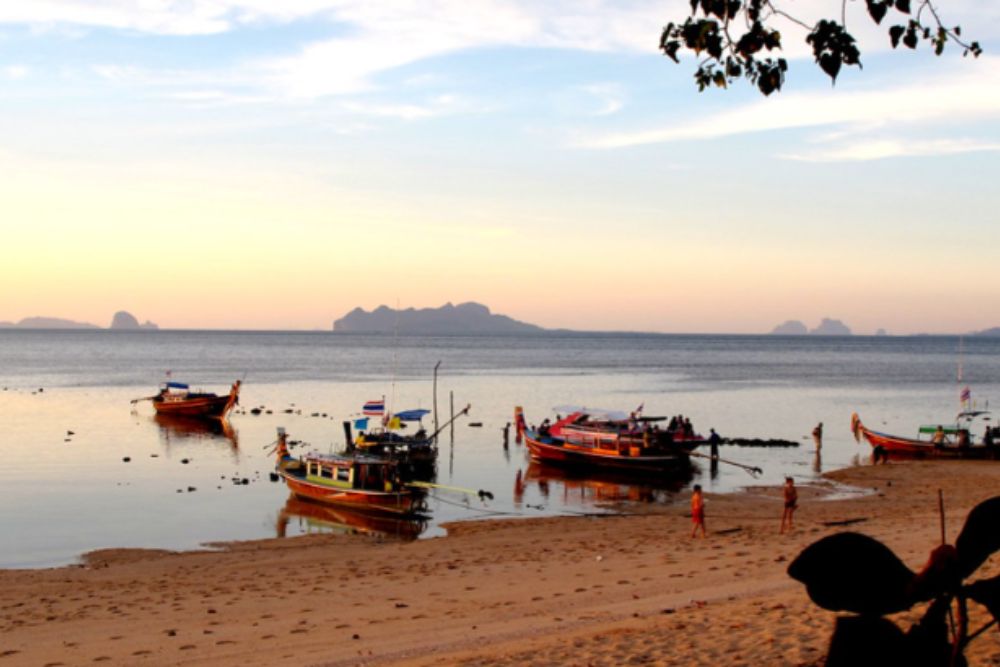
This overlooked island in Trang province offers rare opportunities to observe endangered dugongs in their natural habitat while supporting community-based conservation efforts. The predominantly Muslim fishing communities maintain traditional lifestyles essentially unchanged by tourism, welcoming visitors with genuine hospitality rather than commercial transactions.
Rustic accommodations and limited infrastructure ensure that only travelers genuinely interested in cultural exchange and natural experiences make the journey, preserving the island’s authentic character.
Loei
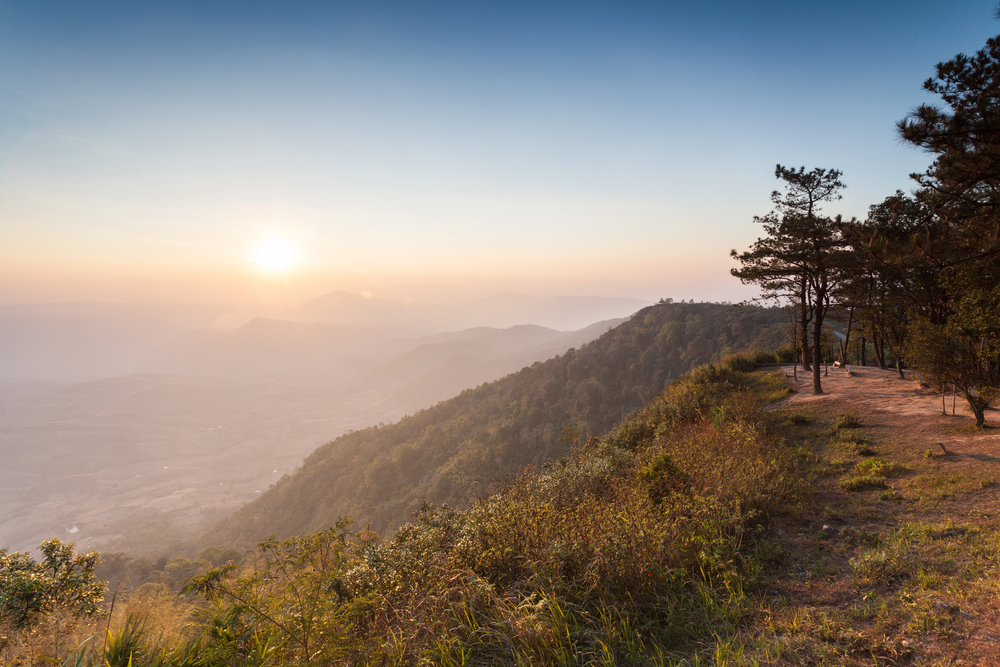
Nestled against the Mekong River and Laotian border, this northeastern province experiences Thailand’s most dramatic seasonal temperature variations and equally dramatic landscapes, from mist-covered mountains to vast flower fields. The region hosts some of Thailand’s most unusual festivals, including the surreal Phi Ta Khon ghost festival, where locals parade in colorful handmade masks that have become distinctive art forms themselves.
The mountainous Phu Ruea National Park provides cool retreats during the summer months without the commercialization of more established mountain destinations elsewhere in Thailand.
Chanthaburi
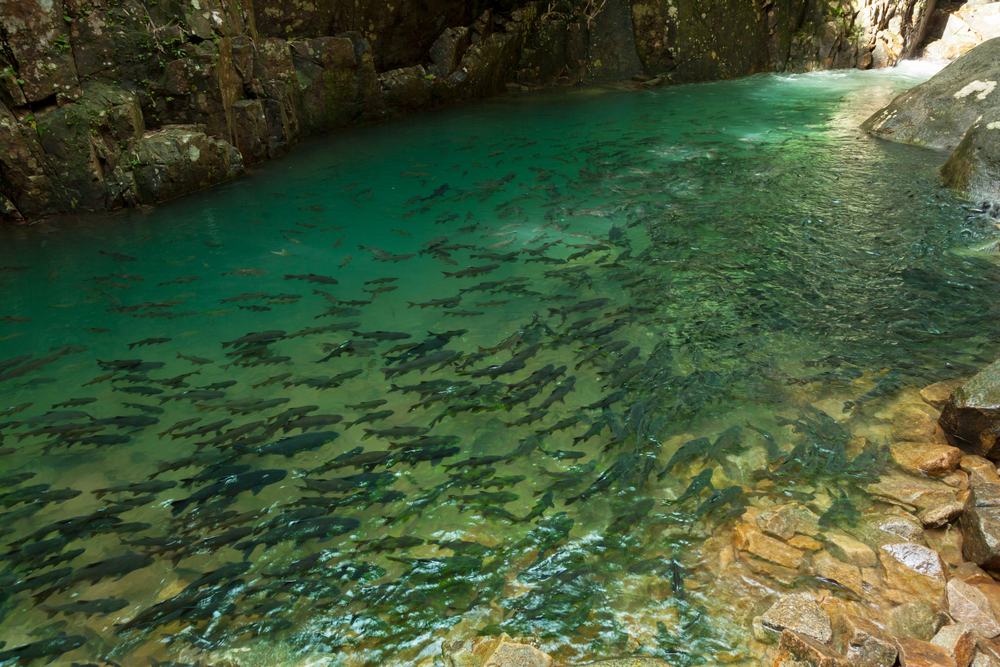
This eastern province combines rich multicultural heritage with natural attractions ranging from waterfalls to quiet beaches without mass tourism development. The riverside old town preserves uniquely blended architecture reflecting Thai, Chinese, Vietnamese, and French colonial influences alongside a historic gemstone trading center still active today.
Surrounding fruit orchards produce some of Thailand’s finest durian, mangosteen, and rambutan, creating sensory experiences for culinary travelers away from tourist-oriented food scenes elsewhere.
Like Travel Pug’s content? Follow us on MSN.
Sangkhla Buri
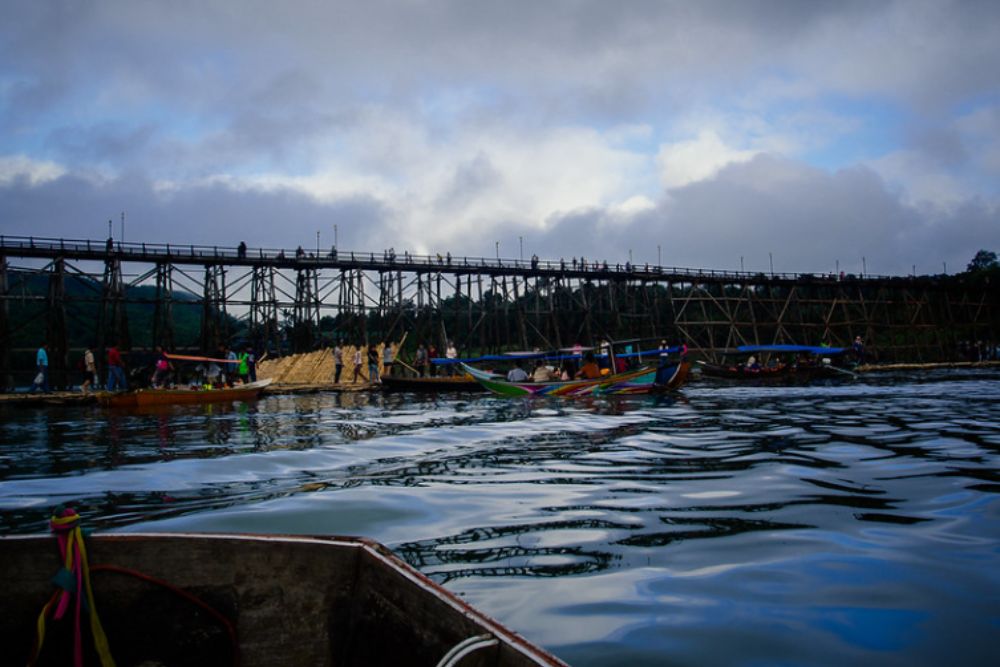
Positioned against the Myanmar border, this remote district in Kanchanaburi province represents Thailand at its most culturally diverse and scenically dramatic. The iconic wooden Mon Bridge—Thailand’s longest handmade wooden bridge—connects ethnic Mon communities practicing traditional ways of life, which are increasingly rare in modern Thailand.
The surrounding landscape features the stunning lake created by Khao Laem Dam, with submerged temples emerging during dry seasons and mountainous horizons creating one of Thailand’s most photogenic yet least photographed regions.
Kamphaeng Phet
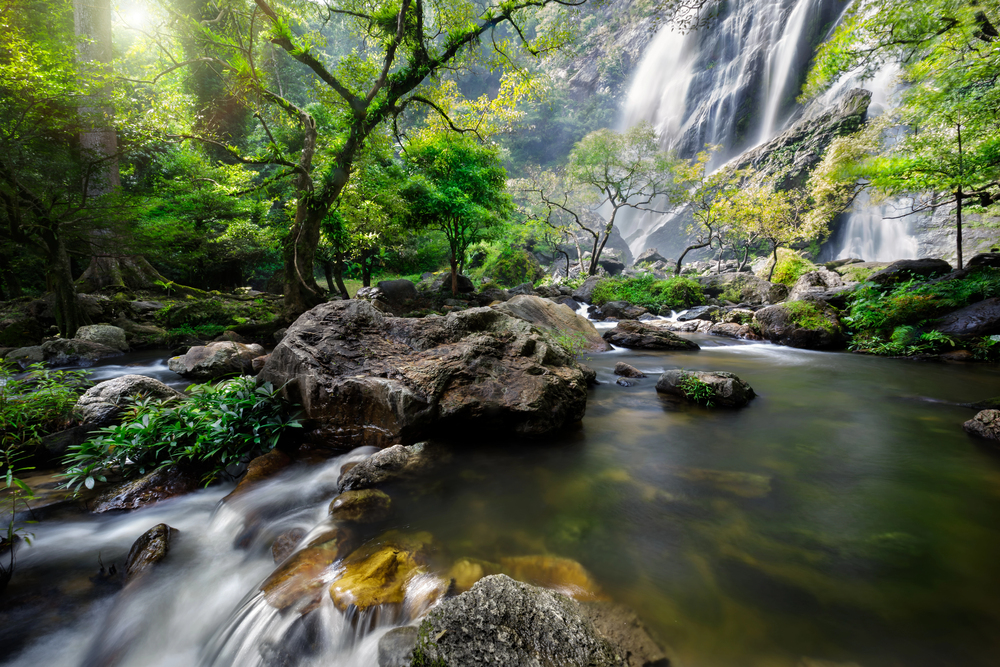
This Central Thailand province preserves some of Thailand’s most atmospheric historical parks without the tour buses found at similar sites like Ayutthaya or Sukhothai. The UNESCO-listed ruins feature distinctive architecture scattered through forest settings, creating uniquely contemplative experiences of Thailand’s ancient history.
The provincial capital maintains traditional wooden architecture along the Ping River while serving authentic Central Thai cuisine that is rarely adjusted for tourist palates, as few international visitors venture here despite easy access from major transportation routes.
Koh Jum
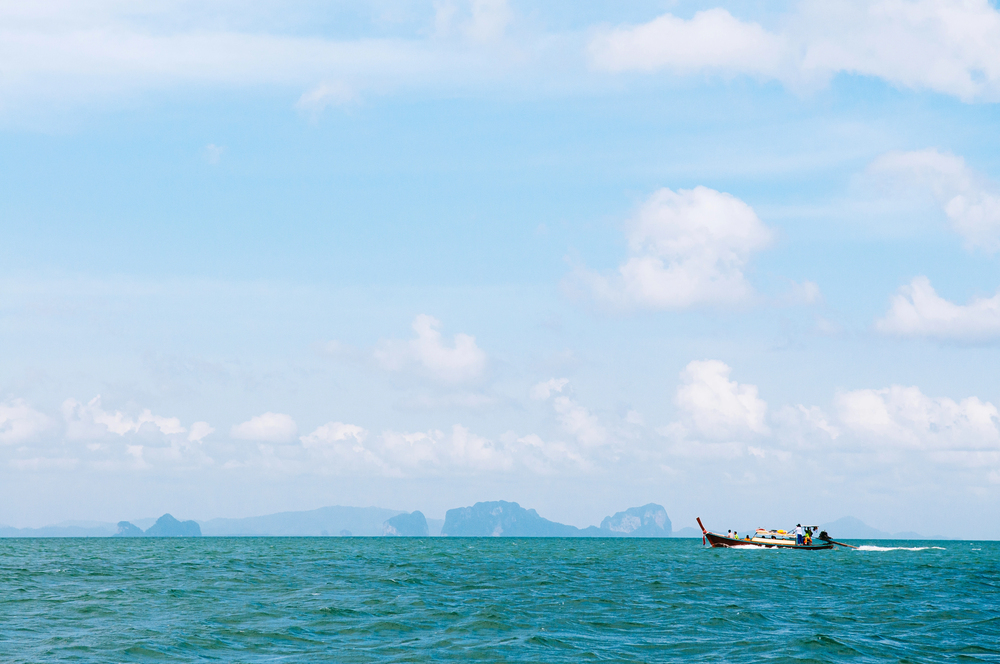
Positioned between popular Krabi and Koh Lanta, this island maintains traditional fishing village authenticity despite its strategic location. The western coast offers sunset views across the Andaman Sea with the silhouette of Koh Phi Phi on the horizon, yet draws minimal development due to limited electricity and intentionally basic infrastructure.
The predominantly Muslim communities welcome respectful visitors while maintaining cultural practices, demonstrating sustainable approaches to tourism that prioritize preservation over expansion.
Like Travel Pug’s content? Follow us on MSN.
Sukhothai New City
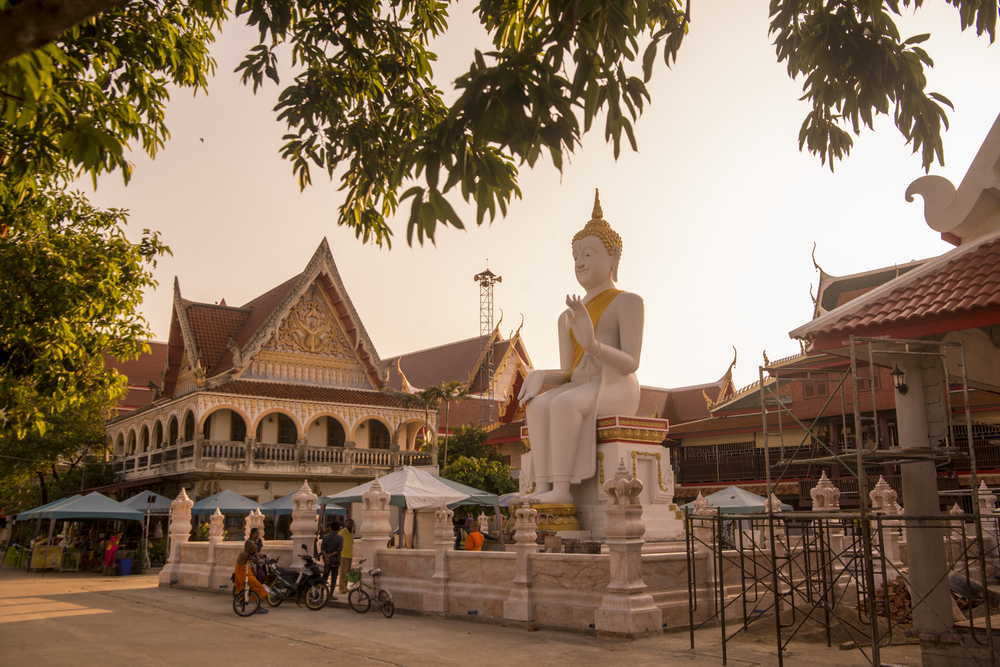
While most visitors focus exclusively on Sukhothai’s world-famous historical park, the modern provincial capital nearby offers an authentic immersion into everyday Thai life in a mid-sized city overlooked mainly by international tourism.
Morning markets bustle with activity catering entirely to local needs rather than souvenir hunters, while evening food markets serve regional specialties from ancient recipes connected to the area’s historical significance. This separation between tourist attractions and everyday environments creates opportunities for cultural insights that are impossible in tourism-dominated destinations.
Nakhon Si Thammarat
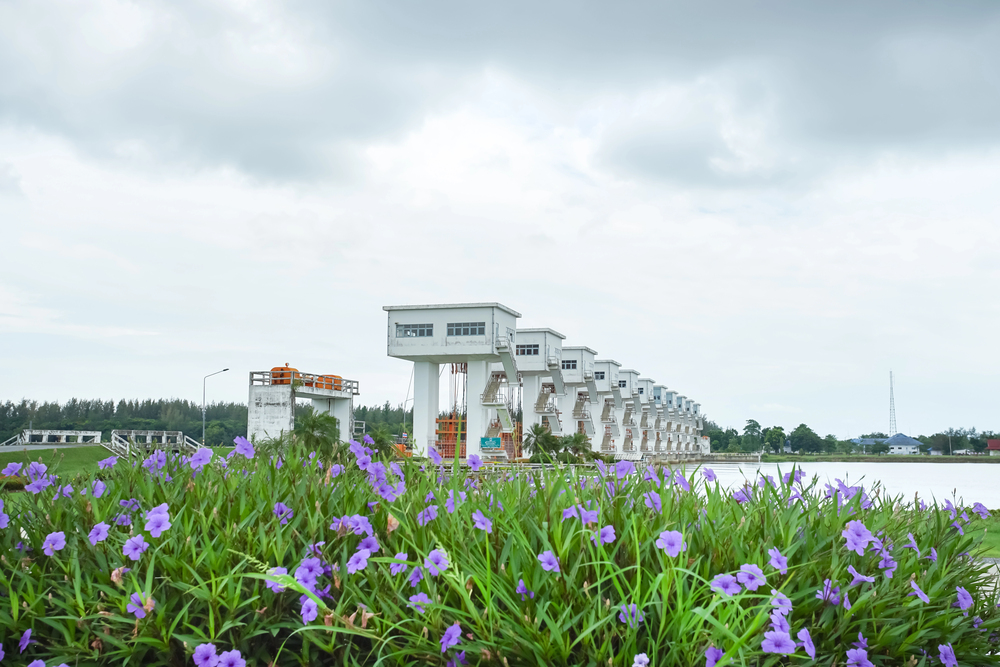
This southern province preserves some of Thailand’s most significant cultural heritage sites and traditions while functioning primarily as a working regional hub rather than a tourism destination. The city’s Wat Phra Maha houses important Buddha relics and represents one of Thailand’s most revered temple complexes, yet despite its historical significance, it sees relatively few international visitors.
The surrounding region maintains distinctive shadow puppet traditions, traditional silverwork, and unique southern cuisine, demonstrating cultural depth beyond typical tourist experiences.
Phayao
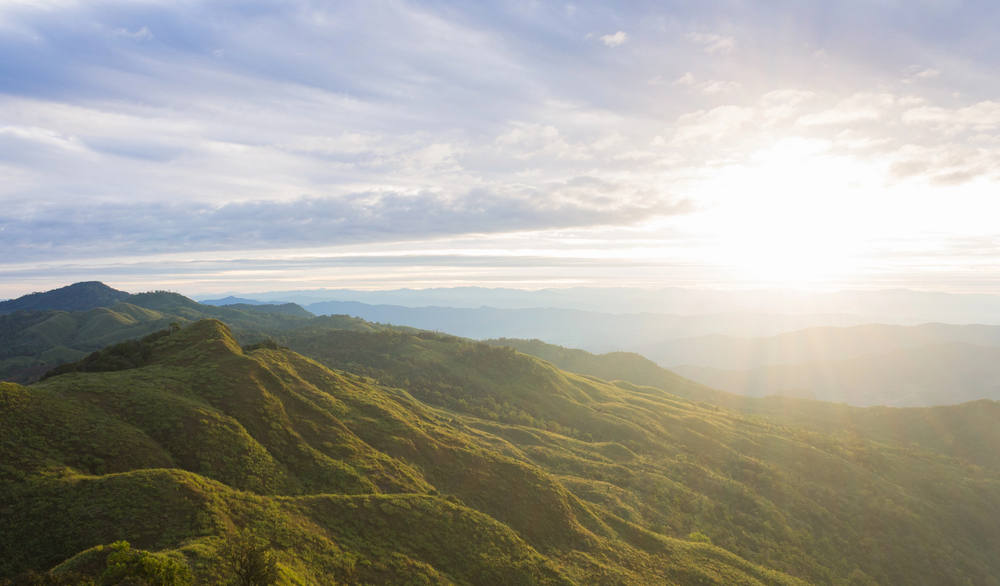
This northern lakeside province offers Lanna cultural experiences and stunning natural settings without the tourism infrastructure that has transformed similar landscapes elsewhere. The eponymous lake provides a focal point for local life with atmospheric waterfront dining where visitors are typically the only non-Thais present, creating genuine cultural immersion opportunities.
Nearby Doi Phu Nang National Park contains diverse ecosystems, from deciduous dipterocarp forests to mountainous cloud forests with minimal development beyond basic trails and campgrounds.
Like Travel Pug’s content? Follow us on MSN.
Mae Sariang
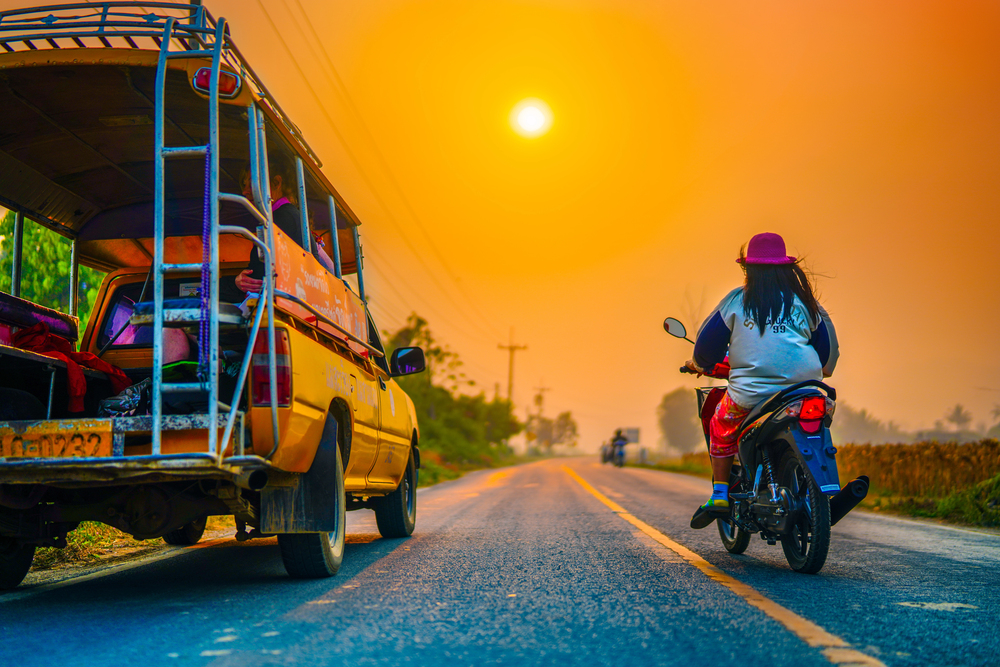
This small border town along the Mae Hong Son Loop presents authentic rural Thai life alongside minority hill tribe cultures in a remarkably untouristed setting despite its scenic riverside location. The surrounding mountains contain Karen villages practicing traditional agriculture and crafts, with community-based tourism initiatives ensuring ethical engagement with these communities.
The relaxed atmosphere and genuine local interactions exemplify what many travelers seek in Thailand, yet increasingly struggle to find in more developed destinations.
Chumphon

This coastal province serves primarily as a transportation gateway to more famous Gulf islands, causing most travelers to pass through without recognizing the pristine beaches and authentic coastal communities they’re bypassing. The lengthy coastline features untouched stretches of sand where fishermen launch traditional boats and process their daily catch using methods passed down through generations.
The offshore marine environments offer diving and snorkeling experiences comparable to those of more famous destinations but without crowds, boat traffic, or coral damage from over-tourism.
Buri Ram Historical Parks

While the main Phanom Rung complex receives moderate tourism, the province contains numerous smaller Khmer sanctuaries scattered across the countryside that see virtually no visitors despite spectacular preservation and historical significance. These satellite temples, like Prasat Muang Tam, with its remarkable baray (reservoir) system, provide insights into Angkorian civilization without reconstruction or crowds, offering contemplative historical experiences increasingly rare at major archaeological sites.
The surrounding Isaan countryside maintains traditional agricultural practices, creating cultural landscapes that have been unchanged for centuries.
Like Travel Pug’s content? Follow us on MSN.
Beyond the Brochures
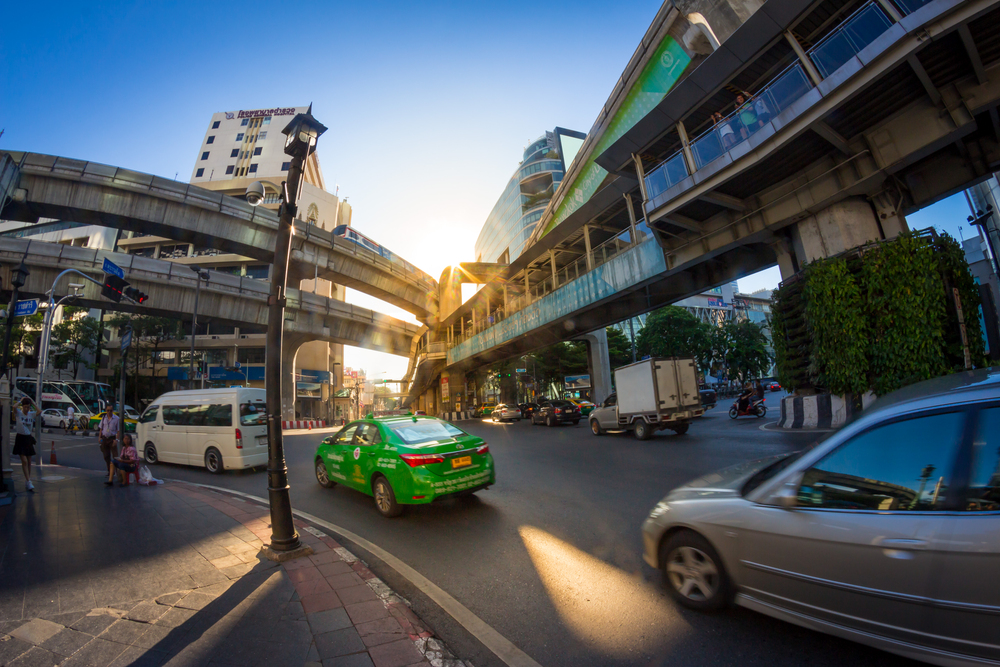
Thailand’s enduring appeal lies not in its most photographed destinations but in these less-celebrated corners where daily life continues with minimal tourism adjustment. These twenty alternatives to Phuket demonstrate that authentic cultural engagement, natural beauty, and meaningful local interactions remain abundantly available for travelers willing to venture beyond established tourism circuits.
The reward for this modest additional effort comes in experiences that reflect Thailand’s genuine cultural wealth and natural diversity rather than its tourism industry’s development priorities. The true luxury in modern travel isn’t found in exclusive resorts but in these increasingly rare places where travelers can experience destinations on their authentic terms.
More from Travel Pug

- Cities Growing so Fast You Won’t Recognize Them in 10 Years
- 13 Destinations Where Tourists Regularly Regret Their Trip
- 20 Obscure WWII Sites Even History Buffs Don’t Know About
- 10 Under-the-Radar Mountain Towns That Are Both Affordable and Beautiful
- 20 Abandoned Places That Feel Like Real-Life Post-Apocalyptic Movie Sets
Like Travel Pug’s content? Follow us on MSN.
